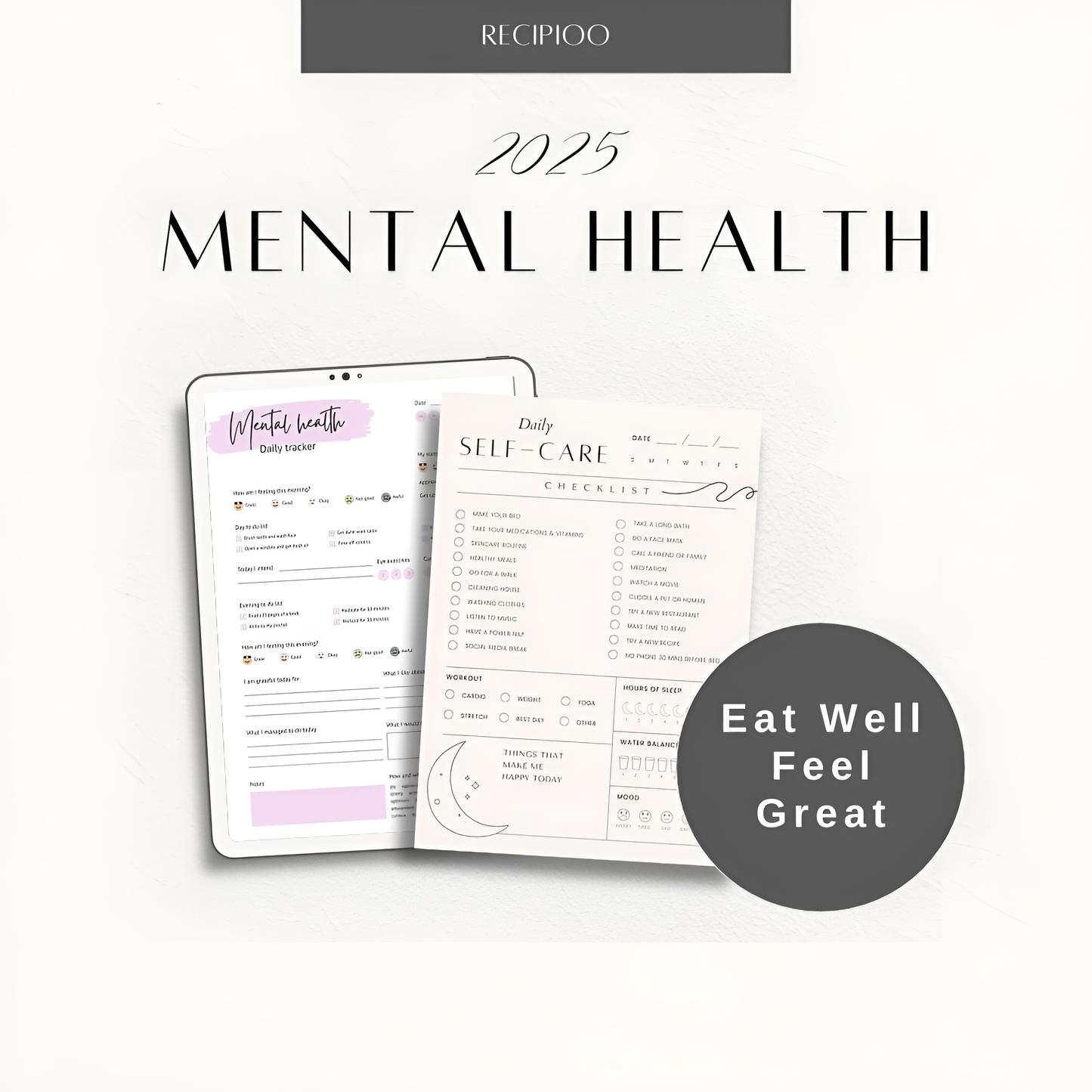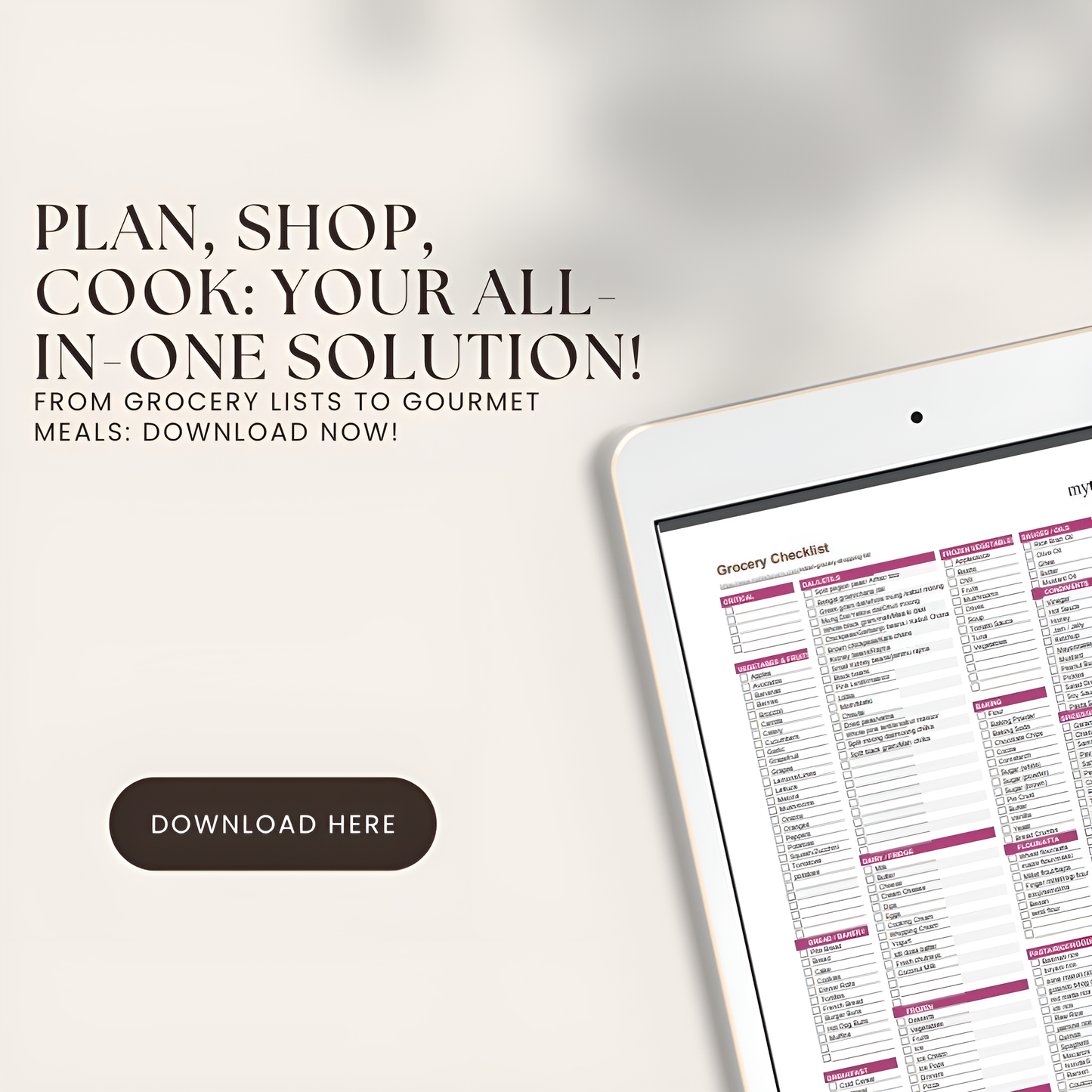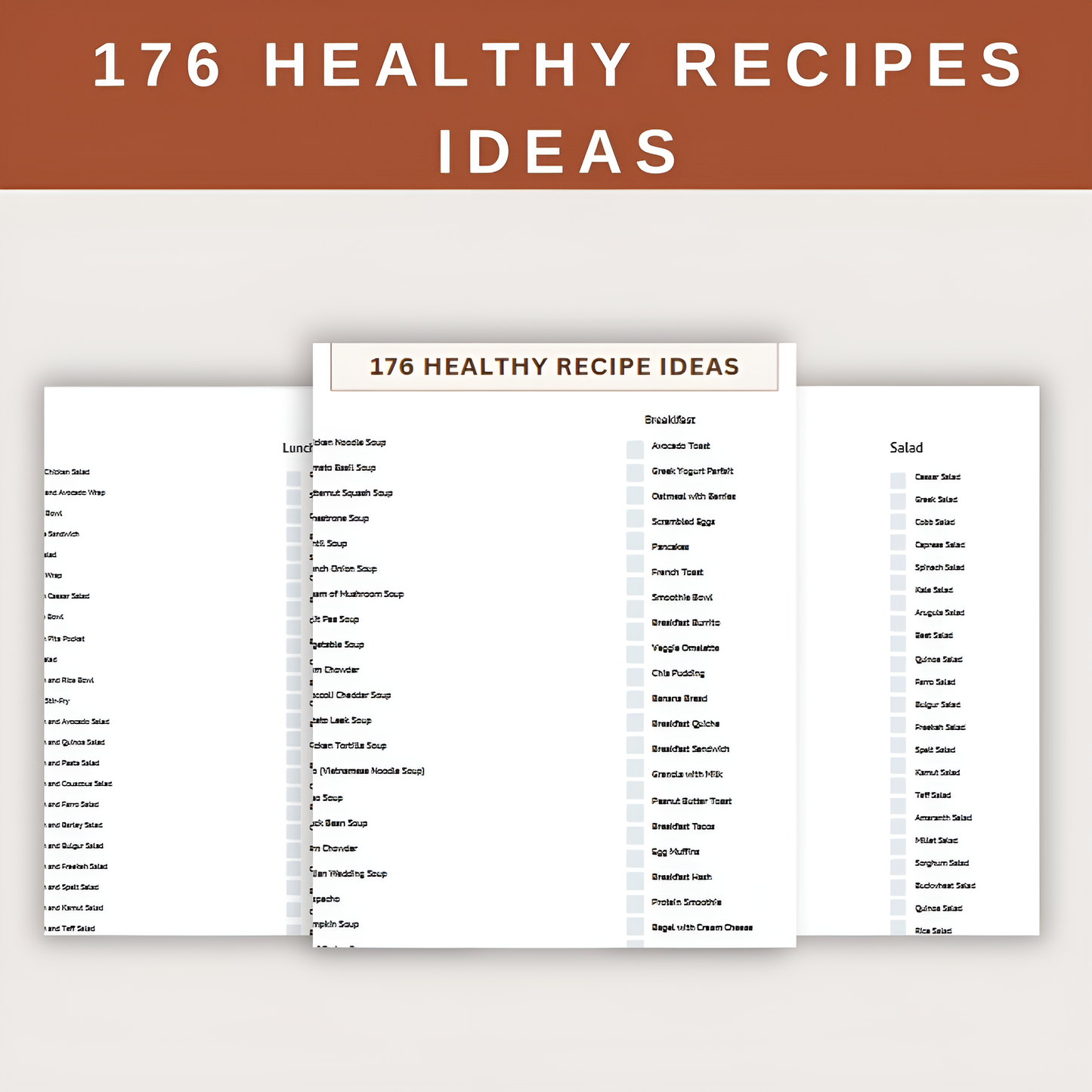
Best Foods for a Soft Diet: Easy-to-Chew and Nutritious Options
Share

If you or a loved one needs foods for a soft diet, you’re likely looking for meals that are gentle on the teeth, easy to swallow, and kind to sensitive digestion. Whether you’re recovering from surgery, managing dysphagia, or simply need soothing nutrition, this guide covers the best soft diet foods—plus meal ideas, nutritional tips, and what to avoid.
Best Foods for a Soft Diet (Categorized List)
Vegetables: Soft-Cooked or Puréed for Easy Digestion
Your body still needs vegetables' vital nutrients, even when you require soft foods. The best options include:
- Carrots and green beans: Steam until they yield easily to a fork
- Spinach and zucchini: Cook thoroughly and remove all seeds
- Broccoli and cauliflower: Florets should be very tender, or mashed/puréed
Pro Tip: Always peel vegetables and remove any fibrous parts before cooking. A hand blender can transform cooked veggies into smooth, easy-to-swallow purées.
Fruits: Nature's Soft and Sweet Nutrition
Fruits provide essential vitamins and natural sweetness to your soft diet:
- Bananas and avocados: Ready-to-eat with no preparation needed
- Applesauce and cooked pears: Choose unsweetened varieties
- Peaches and melons: Must be very ripe and peeled
Important: Avoid citrus fruits and pineapple, as their acidity may irritate sensitive mouths. Always remove skins, seeds, and fibrous membranes.
Protein-Rich Foods to Maintain Strength
Protein is crucial for healing and maintaining muscle mass:
- Eggs: Versatile and easy to prepare soft (try poached or soft scrambled)
- Dairy products: Opt for Greek yogurt or ricotta cheese for extra protein
- Meat and fish: Ground meats and flaky fish are easiest to chew
- Plant proteins: Silken tofu blends beautifully into smoothies and soups
Preparation Tip: Moist cooking methods like poaching, steaming, or braising work best for proteins in a soft diet.
Grains & Starches: Comforting Energy Sources
These carbohydrate-rich foods provide essential energy:
- Mashed potatoes: Add broth or milk for creaminess
- Hot cereals: Cook oatmeal or cream of wheat with extra liquid
- Soft pasta: Choose small shapes like orzo or shells
- Moistened breads: Soak whole grain bread in soup or milk
Avoid: Dry, crusty, or seeded breads that require vigorous chewing.
Soups & Broths: Nourishing and Hydrating
Liquid-based meals are often easiest to consume:
- Cream soups: Blend cooked vegetables with broth and milk
- Strained soups: Remove all chunks after cooking
- Bone broth: Provides protein and minerals in liquid form
Preparation Tip: Use an immersion blender for perfectly smooth textures every time.
Miscellaneous Soft Diet Essentials
Don't overlook these helpful additions:
- Sauces and gravies: Make dry foods easier to swallow
- Puddings and custards: Provide calories and comfort
- Smooth nut butters: Offer protein and healthy fats
- Nutritional shakes: Supplement your diet when needed
Remember: Even with soft foods, aim for balanced meals that include protein, carbohydrates, and healthy fats at each eating occasion.
Foods to Avoid on a Soft Diet
Hard and Crunchy Foods That Can Cause Discomfort
You'll want to steer clear of anything that requires significant chewing force:
- Nuts and seeds: These can get lodged in dental work or irritate healing areas
- Raw vegetables: Carrots, celery, and other crunchy veggies are too hard to chew
- Chips and crackers: Their sharp edges can scratch sensitive mouths
- Popcorn: Both the kernels and hulls pose problems
Remember: Even healthy foods like raw apples or granola can be problematic when you need soft foods.
Chewy Meats That Are Tough to Break Down
Some protein sources require too much chewing effort:
- Steak and pork chops: The fibrous texture is difficult to manage
- Jerky and dried meats: These are tough and can get stuck
- Poultry with skin: The skin can be rubbery and hard to chew
- Certain fish: Like salmon with skin or very flaky varieties
Alternative: Opt for ground meats, slow-cooked stew meat, or flaked fish instead.
Sticky Foods That Can Be Challenging to Swallow
These textures can be particularly troublesome:
- Caramel and taffy: Can adhere to dental work
- Dried fruits: Like raisins or apricots that stick to teeth
- Marshmallows: Their gooey texture isn't ideal
- Peanut butter: Unless thinned with liquid, it can be hard to swallow
Tip: If you crave something sweet, try pudding or yogurt instead.
Acidic and Spicy Foods That May Irritate
When recovering from oral surgery or with mouth sores:
- Citrus fruits: Oranges, lemons, and tomatoes can sting
- Vinegar-based foods: Pickles and some salad dressings
- Spicy dishes: Hot sauces, peppers, and strong seasonings
- Carbonated drinks: The bubbles can irritate sensitive areas
- Alternative: Choose mild, bland options while healing.
Nutritional Tips for a Balanced Soft Diet
Boost Your Protein Intake for Healing
Getting enough protein is crucial when you're recovering:
- Greek yogurt: Packed with protein and probiotics
- Blended beans: Pureed into soups for plant-based protein
- Protein shakes: Convenient when eating is difficult
- Eggs: Soft scrambled or in custards
- Cottage cheese: Easy to eat and protein-rich
Pro Tip: Aim for protein at every meal to support healing and prevent muscle loss.
Maintain Healthy Fiber Intake
Prevent constipation while on a soft diet:
- Cooked peeled fruits: Like applesauce or baked pears
- Steamed vegetables: Pureed if necessary
- Oatmeal: Cooked until very soft
- Chia pudding: Soaked until gelatinous
- Avocados: Naturally soft and fiber-rich
Important: Increase fluid intake when eating more fiber to help it move through your system.
Stay Hydrated With Nourishing Liquids
Proper hydration supports overall health:
- Broths and soups: Provide both fluids and nutrients
- Herbal teas: Soothing and hydrating
- Water-rich foods: Like melons or cucumber soup
- Smoothies: Blend fruits with yogurt or milk
- Nutritional drinks: When you need extra calories
Remember: Sip fluids throughout the day rather than drinking large amounts at once.
By avoiding problematic foods and focusing on these nutritional strategies, you can maintain a healthy, balanced soft diet that supports your recovery or ongoing needs. Always consult with your healthcare provider about any specific dietary restrictions you may have.
Easy Soft Diet Meal Ideas
Breakfast Options to Start Your Day Right
Protein-Packed Scrambled Eggs with Mashed Avocado
- Fluffy scrambled eggs cooked with a splash of milk for extra tenderness
- Ripe avocado mashed with a pinch of salt and lemon juice
- Serve with a side of applesauce for natural sweetness
Why it works: This combination gives you protein, healthy fats, and easy-to-digest carbohydrates to fuel your morning. The creamy textures require minimal chewing.
Creamy Oatmeal with Banana and Peanut Butter
- Steel-cut or rolled oats cooked until very soft in milk or water
- Mashed ripe banana stirred in for natural sweetness
- Dollop of smooth peanut butter for protein and flavor
- Sprinkle of cinnamon for added taste without texture
Pro tip: Let your oatmeal sit for 2-3 minutes after cooking to achieve the perfect soft consistency. Add extra liquid if needed.
Lunch and Dinner Solutions for Nourishing Meals
Comforting Puréed Lentil Soup with Soft Rolls
- Red lentils cooked until falling apart in vegetable broth
- Blended with cooked carrots and onions until silky smooth
- Served with store-bought soft dinner rolls dipped in the soup
- Drizzle of olive oil for added healthy fats
Nutrition bonus: Lentils provide plant-based protein and fiber to keep you full and energized.
Flaky Baked Salmon with Mashed Sweet Potatoes
- Salmon fillet baked until tender and flaky
- Sweet potatoes boiled and mashed with butter and a touch of milk
- Steamed zucchini blended into a smooth purée as a side
- Light cream sauce made with yogurt and dill
Preparation tip: Remove all bones from the salmon and check carefully before serving to ensure safety.
Snacks and Desserts for Between Meals
Soothing Yogurt with Honey and Soft Fruit
- Greek yogurt (full-fat for extra calories if needed)
- Drizzle of raw honey for natural sweetness
- Mashed ripe banana or peaches mixed in
- Optional sprinkle of ground flaxseed for fiber
Variation idea: Layer with puréed berries for a parfait effect that's still soft-diet friendly.
Nourishing Chia Pudding or Gelatin Cups
For chia pudding:
- Chia seeds soaked overnight in almond milk
- Flavored with vanilla extract and maple syrup
- Topped with puréed mango or other soft fruit
For gelatin:
- Sugar-free gelatin prepared with fruit juice
- Mixed with diced canned peaches or pears
- Chilled until firm but still easy to swallow
Make-ahead tip: Prepare several servings of chia pudding at once for ready-to-eat snacks throughout the week.
FAQs About Soft Diets
Can I Blend Regular Meals for a Soft Diet?
Absolutely! Blending regular meals is an excellent way to maintain variety in your soft diet while getting balanced nutrition. Here's how to do it right:
- Choose balanced components: Combine protein (cooked chicken, fish, or beans), carbohydrates (rice, potatoes), and vegetables (steamed carrots, spinach).
- Add moisture: Use broth, gravy, milk, or sauce to achieve a smooth consistency.
- Avoid problematic textures: Remove bones, skins, and fibrous parts before blending.
- Experiment with flavors: Season with herbs (not spices if you're recovering from surgery) to keep meals tasty.
Pro Tip: Invest in a high-quality blender for the smoothest results, and strain if needed to remove any remaining chunks.
How Long Should I Follow a Soft Diet?
The duration depends on your specific situation:
- Post-dental procedures: Typically 1-2 weeks, or until your dentist confirms healing is sufficient.
- Swallowing difficulties (dysphagia): May be long-term; follow your speech therapist's or doctor's guidance.
- Gastrointestinal recovery: Usually temporary, until inflammation subsides (often 1-4 weeks).
- Elderly nutrition: Could be ongoing if chewing strength is compromised.
Important: Never transition back to regular foods without medical approval if you're recovering from surgery or managing a health condition. Your doctor will assess your healing progress and advise when it's safe to reintroduce firmer foods.
Will I Get Enough Nutrition From a Soft Diet?
Yes—if you plan carefully. Focus on:
- Protein: Greek yogurt, blended meats, eggs, or protein shakes.
- Fiber: Cooked fruits/vegetables, oatmeal, chia pudding.
- Healthy fats: Avocado, nut butters, olive oil.
- Vitamins: Fortified cereals, puréed vegetables, or supplements if recommended.
Tip: Keep a food diary to ensure you're meeting your nutritional needs.
Can I Eat Out While on a Soft Diet?
Yes, with some adjustments:
- Choose soft options: Mashed potatoes, soups, scrambled eggs, or risotto.
- Ask for modifications: Most restaurants will purée or finely chop meals upon request.
- Avoid hidden crunch: Remind staff to leave off garnishes like croutons or seeds.
How Can I Add Variety to My Soft Diet?
Prevent food boredom with these ideas:
- Change textures: Alternate between purées, mashed foods, and smoothies.
- Experiment with flavors: Try different herbs, mild spices, or sauces.
- Global inspirations: Blend mild curries, Italian pasta sauces, or Asian-inspired broths.
Are There Ready-Made Soft Diet Options?
Many convenient choices exist:
- Pre-packaged purées: Available in most grocery stores (look near baby food or medical nutrition sections).
- Meal delivery services: Some specialize in soft or puréed meals for adults.
- Protein shakes: Useful for quick nutrition between meals.
Remember: Always check labels for added sugars or unsuitable textures.
RECIPIOO SOURCES
At Recipioo, we are committed to providing you with reliable, well-researched, and trustworthy content. Our team follows rigorous sourcing guidelines, drawing from reputable studies, expert insights, and credible sources to ensure the accuracy and integrity of our information. We believe in empowering you with knowledge you can trust, whether it’s about nutrition, recipes, or healthy living.











